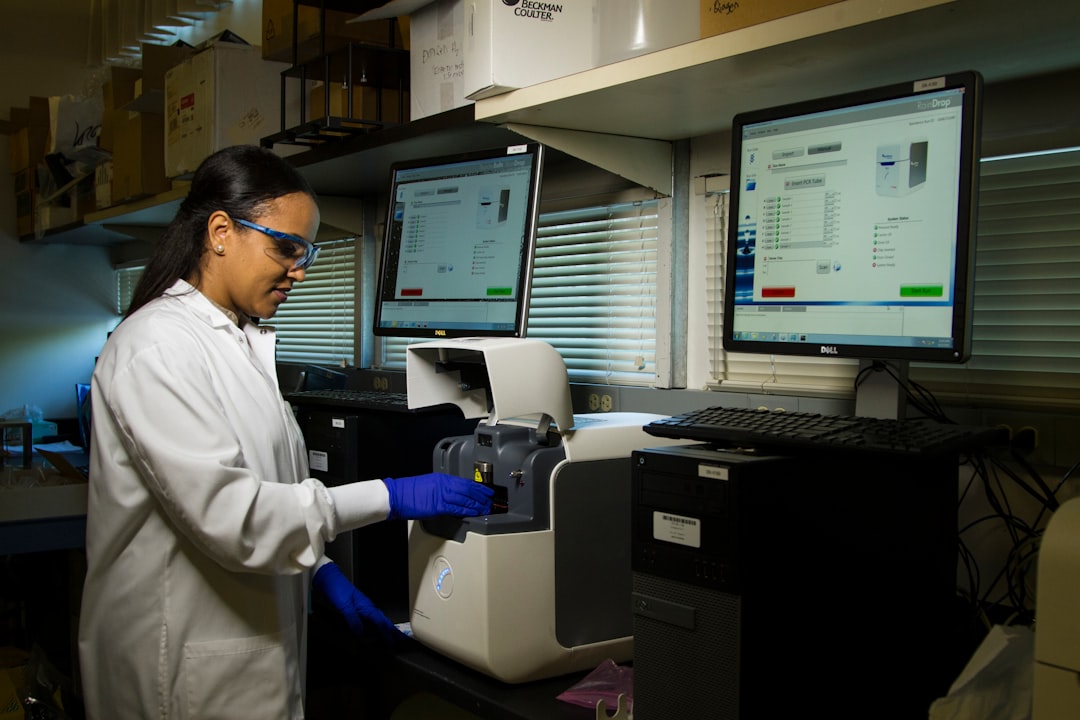What is it about?
Some cells in aggressive brain cancers can evade current therapies by switching from the standard molecular mechanisms that regulate their growth and survival to an alternative one. In this way, they become resistant to therapies that target the standard molecular mechanism. Here, we present this alternative mechanism as well as drugs that kill cancer cells that use it.
Featured Image

Photo by Martha Dominguez de Gouveia on Unsplash
Why is it important?
Current treatments shrink tumors but, often, they come back. This means that some cells within the tumor are resistant to current therapies. This, in turn, means that the resistant cells can use alternative molecular mechanisms to grow, different from the ones that are targeted by the current therapies. It is imperative to identify these and find drugs that kill the cancer cells that use them. Because some of the drugs we found are currently in the market for various indications (not cancer), they could potentially be repurposed in oncology relatively quickly.
Perspectives
For this study, a broad range of expertise was needed. We assessed cell function, mechanical properties, signal transduction, gene expression, pharmacology etc. To achieve this, many teams in Dresden and beyond contributed and the result was a very successful and well-integrated collaborative feat that I hope will pave the way to new treatments for patients with various types of cancer.
Andreas Androutsellis-Theotokis
Innate Repair LTD
Read the Original
This page is a summary of: Controlling distinct signaling states in cultured cancer cells provides a new platform for drug discovery, The FASEB Journal, May 2019, Federation of American Societies For Experimental Biology (FASEB),
DOI: 10.1096/fj.201802603rr.
You can read the full text:
Resources
The FASEB Journal: Alternative molecular mechanisms observed in cancer cells
New human study identifies potential escape route for cancer cells -- and ways to block it.
Killing the Unkillable Cancer Cells
We all know someone affected by the battle against cancer. And we know that treatments can be quite efficient at shrinking the tumor but too often, they can’t kill all the cells, and so it may come back. With some aggressive types of cancer, the problem is so great that there is very little that can be done for the patients.
Contributors
The following have contributed to this page










